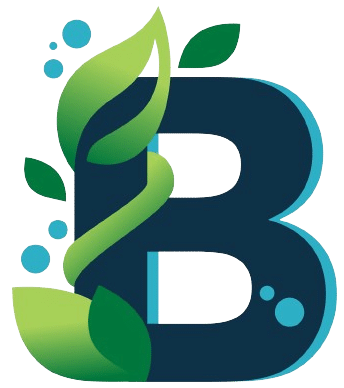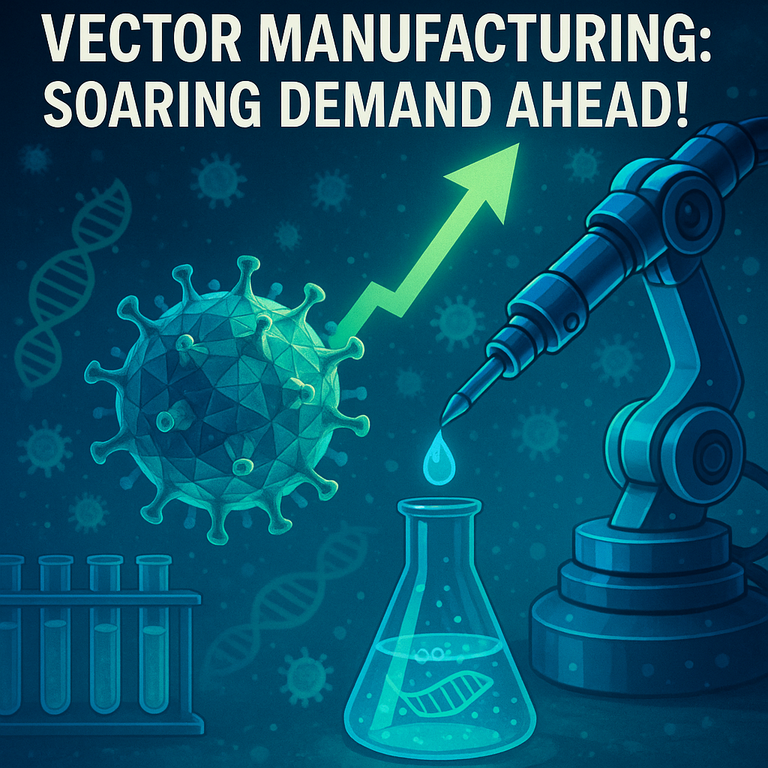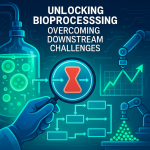🤖 New technologies like high-throughput development and AI are enhancing production capabilities. This evolution aims to meet clinical-grade material quality and scaling challenges. Innovations in purification and transfection processes are also emerging in response to this growing demand. 🌟
Introduction:
This article discusses the increasing demand for adeno-associated viral (AAV) vectors, which are pivotal for the development of cell and gene therapies. As the need for these vectors grows, manufacturers are adopting innovative production techniques to enhance efficiency and scalability in vector manufacturing.
- There is a rising demand for AAV vectors due to their application in cell and gene therapies.
- Traditional adherent culture methods for vector production are becoming less favored due to scalability challenges and labor intensity.
- Manufacturers are shifting towards suspension-based production platforms, enhancing scalability and process control.
- Innovations like high-throughput process development and perfusion-based upstream processes are being incorporated to improve production efficiency.
- Advancements in transfection technologies, purification methods, and the integration of artificial intelligence are transforming AAV manufacturing practices.
Conclusion:
The article emphasizes that the evolution of AAV vector manufacturing is essential to meet the increasing demands of the biopharmaceutical industry. By adopting novel technologies and approaches, vector manufacturers are improving scalability, efficiency, and product quality, thereby positioning themselves to fulfill the growing therapeutic needs of the future.



